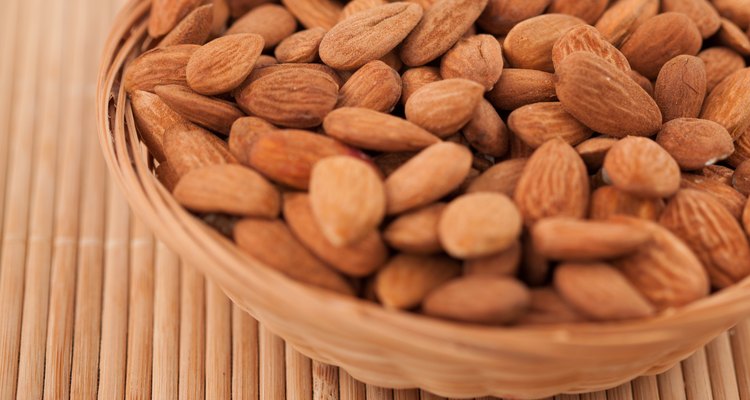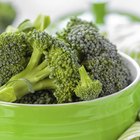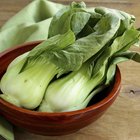
Wavebreakmedia Ltd/Wavebreak Media/Getty Images
Although the mineral magnesium is widespread in the diet, it can be difficult to get as much as you need, because most foods contain only tiny amounts. Some foods, such as almonds, beans and leafy green vegetables, are particularly high in magnesium. If you are trying to meet your daily requirement without taking supplements, it helps to include these magnesium-rich foods in your diet every day.
Magnesium in Your Body
Magnesium plays several roles in maintaining normal body functions and ensuring good health. Magnesium is part of the structure of individual cell membranes and plays a role in cell signaling and movement within your body. Magnesium also helps metabolize carbohydrates and fat to produce energy, and it is essential for strong bones and teeth. By regulating levels of calcium and other nutrients as they move through your body, magnesium helps you maintain normal blood pressure and keeps your heart rhythm normal. Magnesium also keeps your kidneys filtering properly, your muscles toned and all other organs strong and healthy.
Magnesium Requirements
The recommended dietary allowances, or RDAs, for magnesium are 400 mg daily for males who are 19 to 30 years of age and 420 mg for males age 31 and older. For females who are 19 to 30 years of age, the RDA is 310 mg, and for women who are 31 and older the RDA is 320 mg. A U.S. Department of Agriculture study published in a 2006 issue of "The American Journal of Clinical Nutrition" found, however, that the magnesium requirement for healthy adults is actually much lower. This study suggests that 165 mg of magnesium per day is sufficient for both men and women.
Magnesium in Almonds
Although all nuts are good sources of magnesium, almonds provide more than other varieties. One ounce of dry roasted almonds provides 80 mg of magnesium. In comparison, 1 oz. of dry roasted cashews provides 75 mg, and 1 oz. of dry roasted peanuts provides 50 mg of magnesium.
Using Almonds
Besides eating almonds out of your hand, you may use them in almost any recipe that calls for walnuts, pecans or other nuts to increase the amount of magnesium you get in your diet. For example, you may use almonds in place of other nuts to make brownies, cookies and granola mixtures. You may also use almond butter in place of peanut butter or other nut butters. Chopped or slivered almonds may be added to fruit salads, vegetable salads and yogurt. They may also be sprinkled over cooked vegetables, such as green beans or sliced carrots, or over fish before steaming, baking or broiling.
Related Articles

Vitamins for Mental Alertness

Zinc Treatment for Rosacea

Foods Rich in Magnesium & Phosphorus

How Much Calcium Is in Peanut Butter?

Is Zinc Good for Hair Growth?

Foods High in Fiber & Calcium

How to Blanch Cashews

What Are the Benefits of Great Northern ...

How to Use Copper Peptide With Vitamin C

Nutrition Information on Blueberries

The Nutritional Value of Norwegian ...

Zinc & Copper for Aging Skin

Peanuts Vs. Pistachios

The Best Vitamins for Sinuses

L-Lysine for Hair Growth

What Vitamins Help the Liver?

Bok Choy Nutrition

The Nutrition in Soybean Sprouts

How to Reduce Acne Inflammation

How to Sterilize Eyeglasses
References
- National Institutes of Health Office of Dietary Supplements: Magnesium
- "The American Journal of Clinical Nutrition"; Magnesium Requirements: New Estimations for Men and Women by Cross-Sectional Statistical Analyses of Metabolic Magnesium Balance Data; C.D. Hunt, L.K. Johnson; October 2006
- Oregon State University Linus Pauling Institute; Magnesium; Victoria J. Drake; August 2007
Writer Bio
Molly McAdams is a writer who lives in New York City. She has covered health and lifestyle for various print and online publishers since 1989. She holds a Master of Science degree in nutrition.
Photo Credits
Wavebreakmedia Ltd/Wavebreak Media/Getty Images